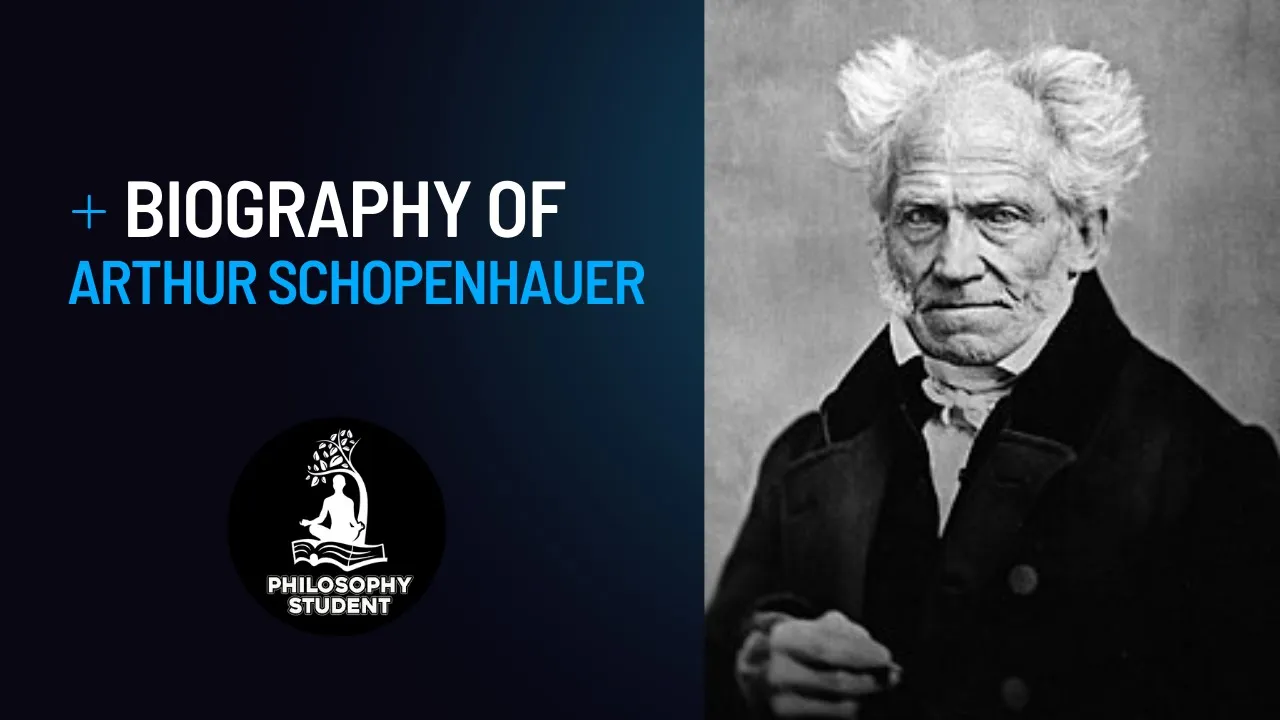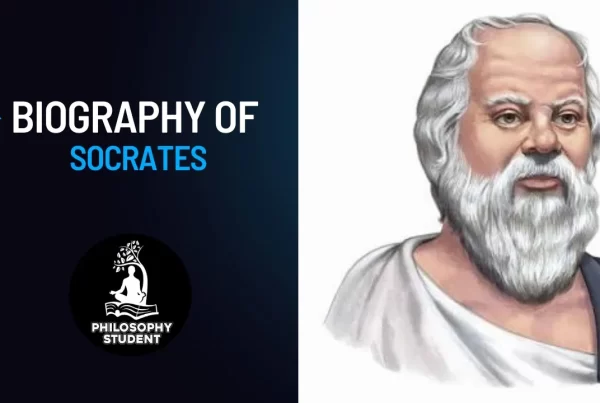Born in Danzig (now Gdansk, Poland) on January 22, 1788, Arthur Schopenhauer is most famous for The World as Will and Representation (1818; expanded in 1844), a major phenomenological text that describes the phenomenal world as the product of a metaphysical will. Schopenhauer developed Immanuel Kant’s idealism into an atheist metaphysics (and concordant ethics) that overturned Kant and German idealism generally. His orientation toward the world was pessimistic, and, indeed, Schopenhauer has become a kind of byword for pessimism. His work influenced philosophers, literary figures, and psychologists, among them Friedrich Nietzsche, Ludwig Wittgenstein, Leo Tolstoy, Thomas Mann, Samuel Becket, Sigmund Freud, Carl Jung, and such modern physicists as Erwin Schrödinger and Albert Einstein.
Schopenhauer’s father was a prosperous merchant and shipowner, who died, perhaps by his own hand, when Schopenhauer was seventeen. Two years later, the young man left his business apprenticeship and, in 1809, began studies at the University of Göttingen. He started in medicine but, after two years, moved on to philosophy. He enrolled at the University of Berlin, which he attended from 1811 to 1813, hearing lecturers by Johann Gottlieb Fichte and Friedrich Schleiermacher. His studies in Göttingen and Berlin encompassed physics, psychology, astronomy, zoology, archaeology, physiology, history, literature, and poetry, and in 1813 he wrote his doctoral dissertation, titled The Fourfold Root of the Principle of Sufficient Reason. This created the kernel of his mature philosophy, which is contained in the sentence, “The world is my representation.”
Consciousness, by which such representation is made, is divided between subject and object. The object for the subject is the subject’s representation. All our representations are objects for the subject, and all objects of the subject are our representations. The first dimension of the fourfold root of sufficient reason—the concept that everything must have a cause—is becoming, or the law of causality. The second, knowing, is the conceptual representation. The third is being in space and time, which shows that the existence of one relation implies the other. The fourth aspect deals with willing, or actions, and is the law of motivation.
Awarded his doctorate by the University of Jena, Schopenhauer moved to Dresden in 1814 and, by 1818, developed the Fourfold Root concept into his magnum opus, The World as Will and Representation, which argues that the world we experience is a representation dependent on the cognition of the perceiving subject. It is not a world that exists in itself, independently of the representation. Our so-called knowledge of objects, therefore, is thus a knowledge of phenomena and not things-in-themselves. The thing-in-itself, Schopenhauer argues, is “will,” which is an unconscious, blind, aimless striving without knowledge and outside of space and time. The world as representation is thus a cognitive objectification of the will.
In 1818, Schopenhauer secured a lectureship at the University of Berlin, but he enjoyed little success in academia. After drifting from one opportunity to another, he moved to Frankfurt-am-Main, and then to Mannheim, before settling, in 1833, permanently in Frankfurt. Schopenhauer lived a solitary life of study and continued to write, producing in 1836 On the Will in Nature, which attempted to synthesize his metaphysical views with recent advances in science. He also developed an intense interest in Sinology (Chinese studies) and parapsychology.
In 1839, Schopenhauer published an essay titled “On the Freedom of Human Will,” which won a prize from the Royal Norwegian Society of Sciences and Letters in Trondheim. This was followed in 1840 by “On the Basis of Morality,” which was not well received. Nevertheless, he did begin to receive wider recognition, and by the time The World as Will and Representation appeared in a third edition in 1859, he was reasonably famous. He died on September 21, of the following year.
Schopenhauer’s ethics flows from his metaphysics. He argues that no individual human actions are free because they are events in the world of appearance and therefore subject to the principle of sufficient reason. That is, one’s actions are a necessary consequence of motives and the given character of the individual. “A man,” he said, “can do as he will, but not will as he will.” Thus, Schopenhauer’s ethics is governed by a limiting necessity, and our salvation from this state lies only in the metaphysical realization that true free will and individuality are merely illusions.
Schopenhauer’s metaphysics also extended to a philosophy of aesthetics. He saw the greatest art as portraying the world as objectively as possible, and he believed the function of art was to escape the pain of “willing”—that is, of desire and craving—through aesthetic contemplation, a state in which subject and object are at last no longer distinguishable.
Schopenhauer is infamous among some for what is described as his misogyny, and he did object to what he deemed the male’s “reflexive” reverence for women, whom he believed were inherently “childish, frivolous and short-sighted” and intended “by nature … to obey.”




































